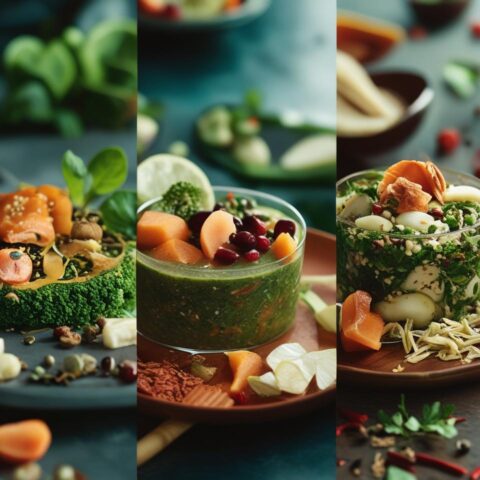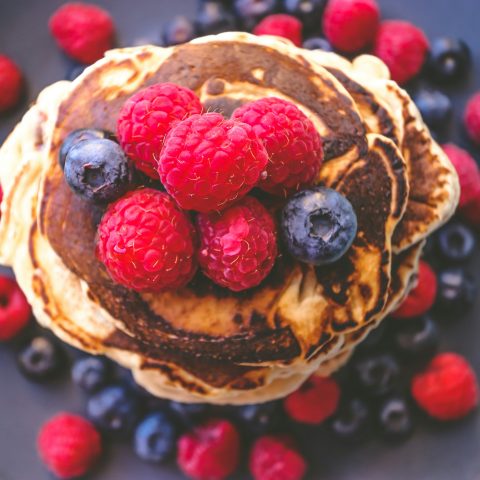In the whirlwind of food production, nothing seems to pass by quicker than the vibrancy of fresh produce. Yet, the burgeoning challenge for food producers is not just in the picking but also in protecting and preserving the goods on their way to our tables. Keeping fruits and vegetables fresh is paramount to the consumer experience and the producer’s bottom line. That’s why we’re here to explore some methods food producers use to extend the shelf life of produce, ensuring they arrive as nature intended—fresh, delightful, and full of nutrients.
Ladle of Contents
Control Surrounding Humidity
The art of preservation often hinges on the subtle science of humidity. Control is key; too little moisture and produce wilts; too much and you’re brewing a bacterial buffet. Humidity around 90–95 percent is the sweet spot for many produce items. You should try to achieve this level in the packaging house as well as during shipping and storage.
Fortunately, produce-grade humidity-control packaging offers semi-permeable membranes and absorbent polymers. This advanced packaging technology maintains optimal moisture levels, reducing spoilage due to dehydration and delaying the onset of decay. By fine-tuning this environmental factor, food producers can increase the lifespan of their produce and profits.
Use Modified Atmospheric Packaging
Modified atmospheric packaging (MAP) is another game-changer in the realm of food preservation. Simply put, MAP involves adjusting the composition of gases within the package to alter the respiratory behavior of the product. This allows for a much more controlled and prolonged shelf life.
Typically, you would lower oxygen levels and raise carbon dioxide to slow the ripening process and reduce the growth of mold and bacteria. In some cases, you can also use nitrogen in modified atmospheric packaging, depending on your needs. By customizing the gases, you can tailor the environment to each type of produce to get more days of freshness.
Look Into Natural Coatings
Modern technology offers a new twist on protective coatings. Natural coatings derived from chitosan, a derivative of shrimp and crab shells, are green, cost-effective solutions that provide a protective barrier, inhibit moisture loss, and reduce microbial growth.
These coatings can maintain the luster of apples, the firmness of cucumbers, and the juiciness of cherries. They are also the organic counterparts to synthetic waxes, which have come under fire for their potential health and environmental impacts. As food producers focus more on sustainable practices, natural coatings may become the go-to for pristine produce.
Improve Cold Storage Management
Cold storage reigns supreme over all other preservation methods. The science behind how food producers use refrigeration to keep produce fresh for longer is simple. Cold temperatures slow the activity of microorganisms and the enzymes that cause ripening and decay.
The art of this technique lies in how you manage it. Varying temperatures and improper air circulation can lead to hot spots where produce is more susceptible to spoilage. Investing in high-quality storage facilities, monitoring equipment, and training for staff is an investment in produce longevity.








